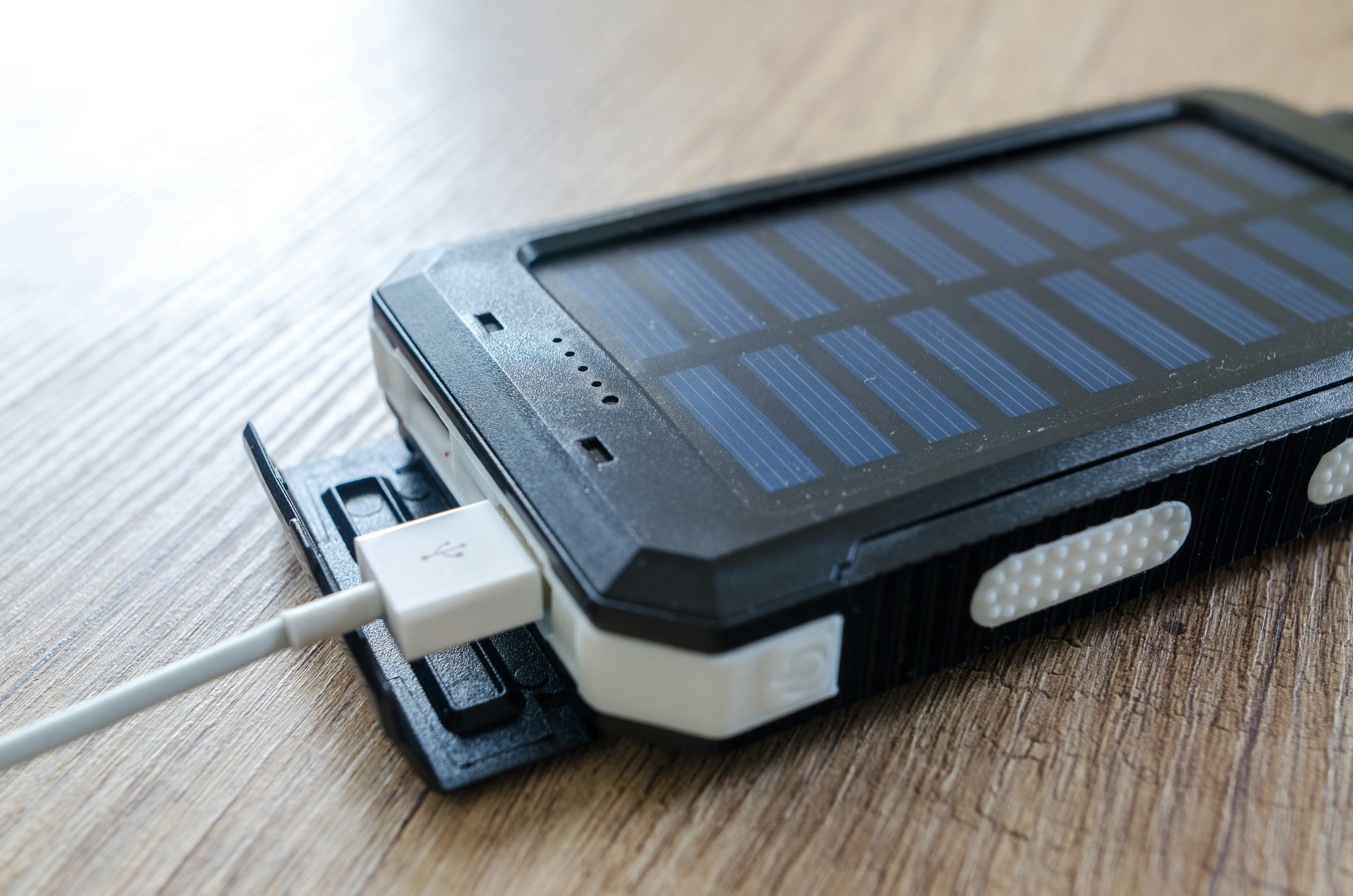There is a wide range of different designs and options available to those wishing to purchase LED signage. However, for the purposes of this article, it is convenient to make a single broad distinction between the different types of LED displays and classify them according to whether they are designed for indoor or outdoor use. Many of the same technological and design principles apply to both types of LED signs, but of course there are some important differences.
First of all, one of the main differences between indoor and outdoor signage relates to size. While indoor LED displays tend to be relatively small, outdoor signs are essentially limitless in terms of size. In fact, this works both ways, as many outdoor LED signs cannot be bigger than bulletin boards, while others can take up the sides of entire buildings. This is, of course, one of the great advantages of LED signage, as the technology can be easily adapted to signs of any scale. The LEDs themselves come in a variety of sizes, which of course is essential for clear, distinct images. The sizes of the LEDs to be used in any LED display signage are of course determined by the size of the display itself. Small displays will require smaller LEDs to allow symbols and images to be built up clearly. Of course, it would also be possible to create a large outdoor LED billboard using only very small LEDs, but this would be impractical and unnecessary.
Most LED display billboards and large outdoor LED signs are made of multiple LED display panels assembled to form one larger panel. This customization is relatively easy and allows for the construction of very large outdoor LED billboards.
Of course, any signage that is designed to be installed outdoors must be weather and storm resistant. This is especially true for illuminated signage, which generally relies on electricity to function. Therefore, outdoor LED signs must be thoroughly tested before being distributed to consumers. For example, they must be subjected to widely varying temperatures to ensure that they will function properly at both ends of the temperature scale. They must also undergo crash tests, to make sure they won’t be damaged by wind and other environmental factors. While indoor signage should also be carefully tested, it will generally not be necessary to test products to such extremes.



